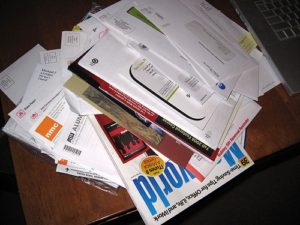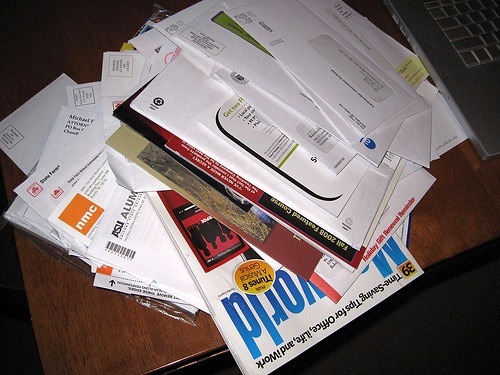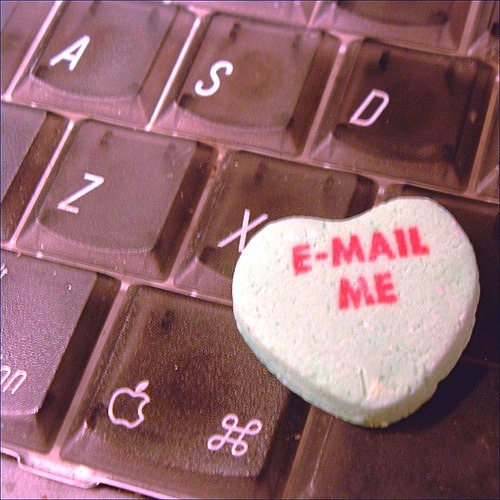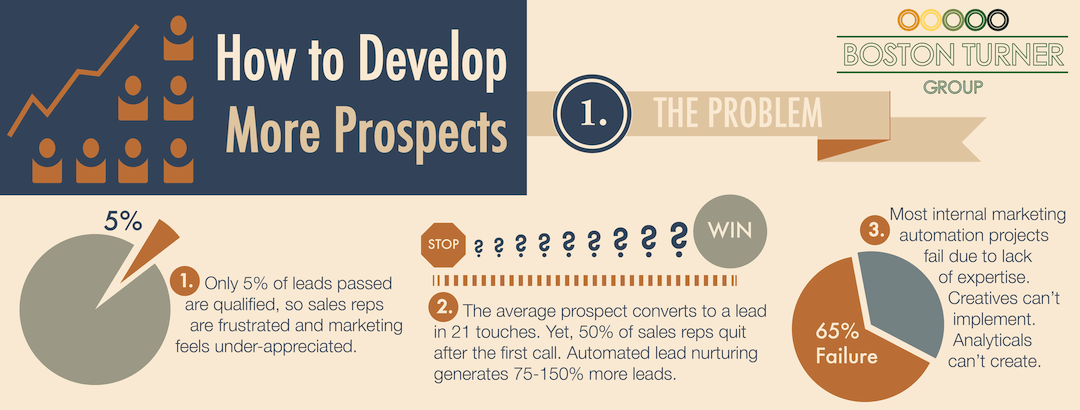Message Sweeping Boosts Response 145%, ROI 166%
 Would you like to almost double your ROI on your next mail campaign without having to make a single call?
Would you like to almost double your ROI on your next mail campaign without having to make a single call?
Messaging sweeping is a successful tactic for increasing response rates as our message sweeping team recently reported for a leading manufacturer. This manufacturer sends quarterly product mailers with an average 3.1% response rate. After working on ways to boost that response rate, the company decided to run split-run test using message sweeping for part of their mail drop tested against the control group with no message sweeping added. The group with message sweeping saw a response rate increase of 145%.












